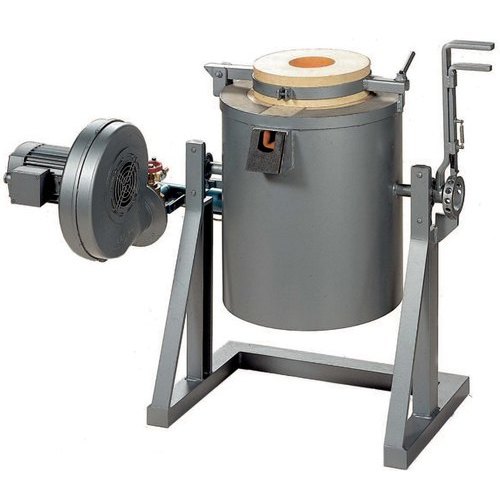TILTING FURNACE

A Tilting Furnace is a specialized type of furnace used in metal casting, where the entire furnace body can be tilted to pour molten metal into molds or other containers. This type of furnace is commonly used in foundries for the melting and pouring of ferrous and non-ferrous metals, including steel, aluminum, and copper alloys. The tilting mechanism allows for greater control over the pouring process, making it ideal for precision casting operations.
Types of Tilting Furnaces
-
Tilting Electric Arc Furnace (EAF)
- Function: Uses electric arcs to melt metal, typically steel, and can tilt for easy pouring into molds or ladles.
- Features: Offers high melting efficiency, precise temperature control, and reduced contamination, making it ideal for steel production.
-
Tilting Induction Furnace
- Function: Uses electromagnetic induction to melt metal and then tilts to pour the molten material.
- Features: Highly energy-efficient and precise, ideal for melting non-ferrous metals like aluminum, brass, and copper.
-
Gas-Fired Tilting Furnace
- Function: Utilizes gas combustion to heat and melt the metal, with a tilting mechanism for controlled pouring.
- Features: Suitable for larger scale operations, cost-effective, and used for both ferrous and non-ferrous metals.
-
Tilting Crucible Furnace
- Function: A smaller unit where a crucible of molten metal is tilted to pour the metal into molds or ladles.
- Features: Compact and ideal for small-scale or batch operations, often used for precious metals or small metalworking tasks.
